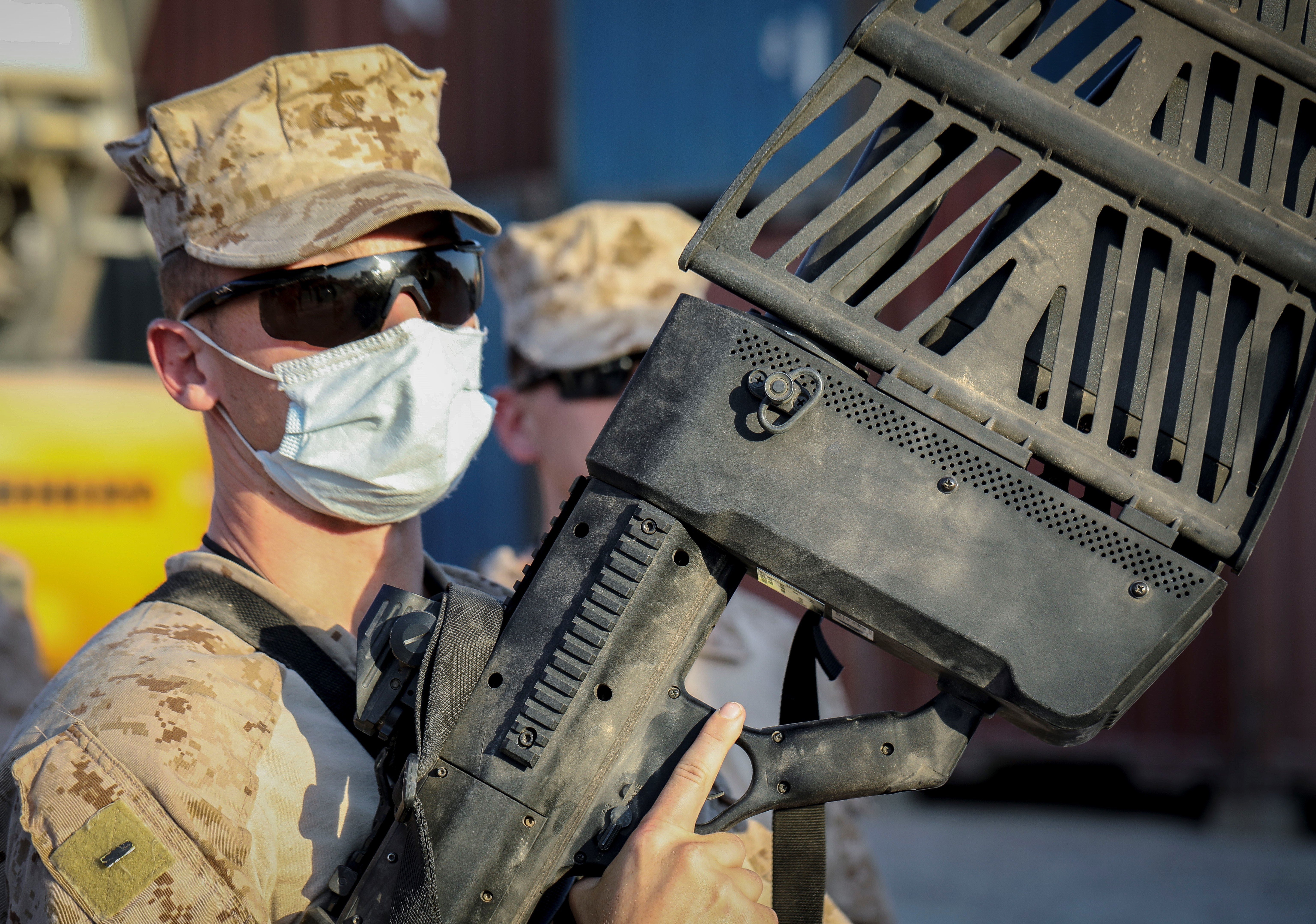
Report to Congress on Anti-Drone Weapons
The following is the May 31, 2022, Congressional Research Service In Focus report, Department of Defense Counter-Unmanned Aircraft Systems.…
Copyright 2024 U.S. Naval Institute. All Rights Reserved.